Egyptian Museum in Tahrir
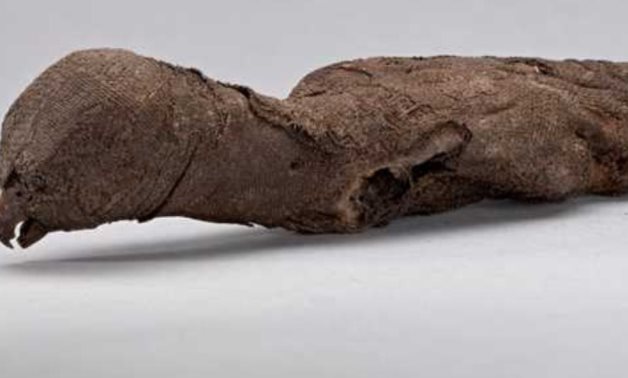
Ministry of Tourism and Antiquities announced retrieving Egyptian artifacts from Whanganui Regional Museum & Southland Museum in New Zealand.
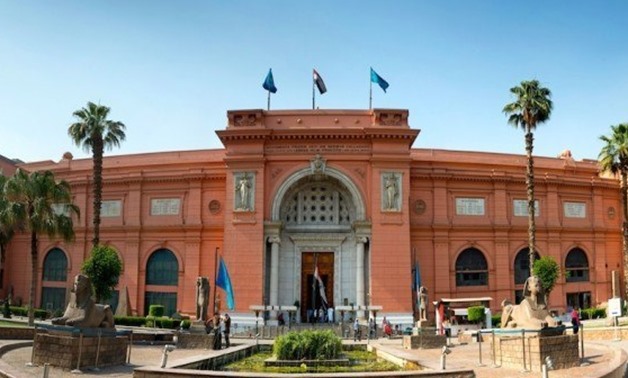
Egypt celebrates the 121st anniversary of the Egyptian Museum In Tahrir
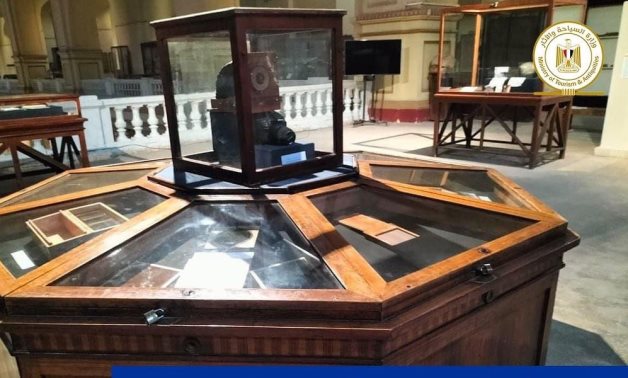
The Egyptian Museum in Tahrir is hosting a temporary exhibition titled ‘Our Museums through an Archival Lens’
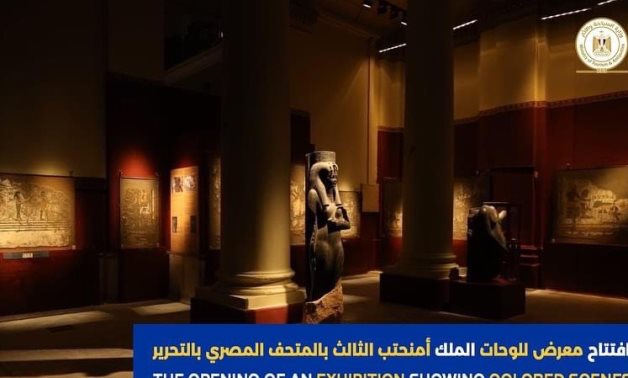
Egyptian Museum in Tahrir inaugurates a permanent exhibition titled ‘Coloured Scenes from the Wadi al-Seboua Temple of King Amenhotep III’ .
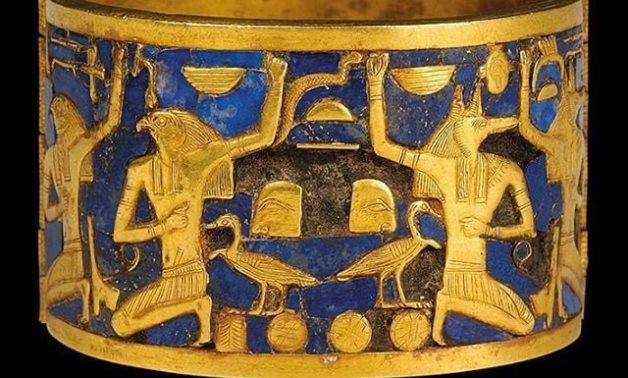
Queen Ahhotep I is the wife of King Seqenenre Tao, who started the war of liberation against the Hyksos.
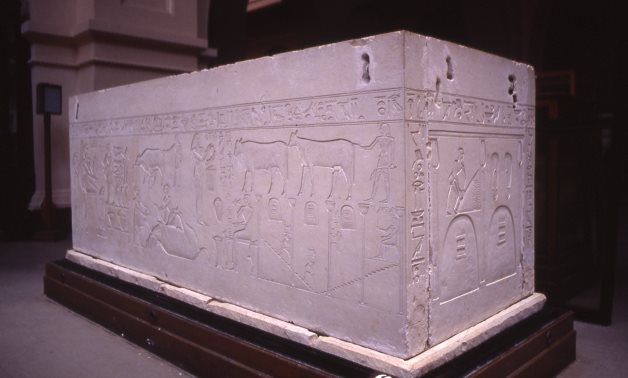
The Egyptian Museum in Tahrir is one of the largest international museums, with over 50,000 artifacts on display.
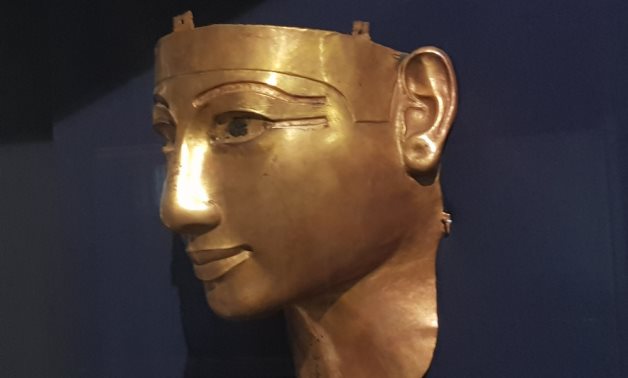
The Egyptian Museum in Tahrir is one of the largest international museums.
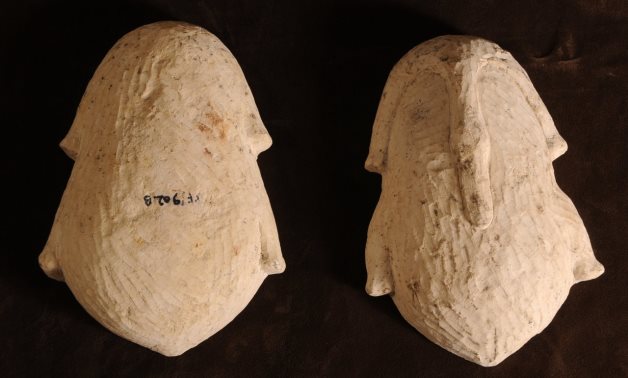
Cooking recipes dating back to ancient Egypt were characterized by their simplicity.
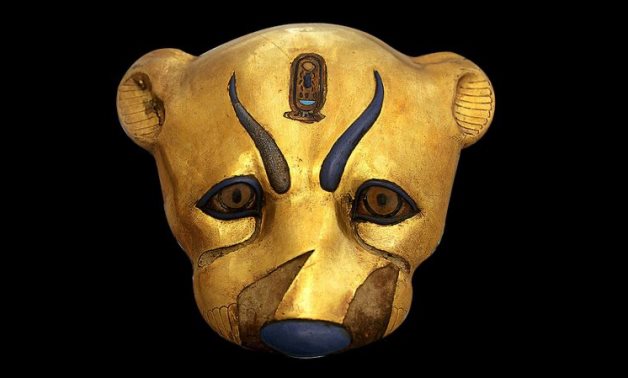
The leopard’s head statue was discovered in Luxor’s Valley of the Kings.
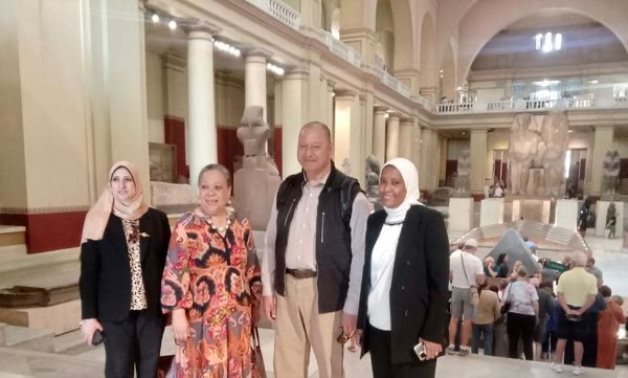
King Tupou VI, his wife and the accompanying delegation were accompanied on a tour inside the museum’s various halls.

Thirty years ago, late Princess Diana visited the Egyptian Museum in Tahrir.
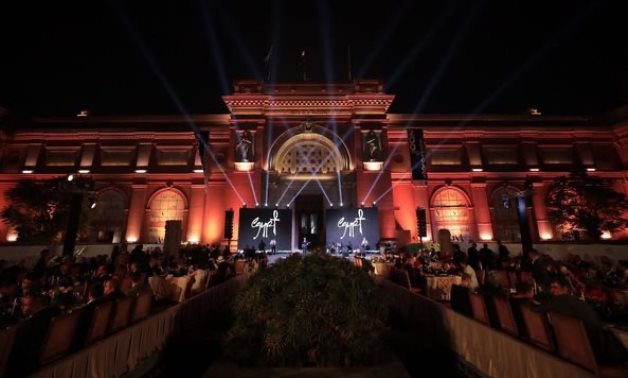
World Tourism Day 2022 coincides with the celebration of the 200th anniversary of deciphering the ancient Egyptian writing and the emergence of Egyptology.
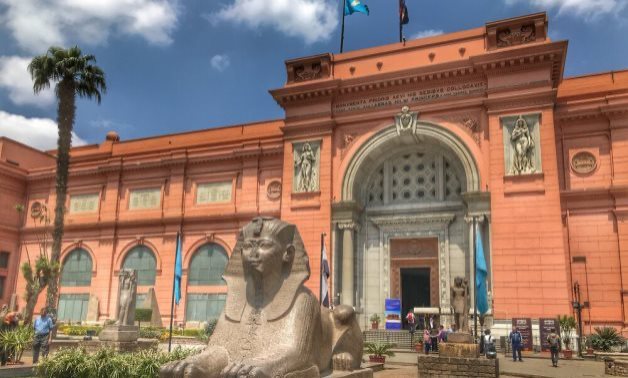
This comes in celebration of the 200th anniversary of deciphering the Rosetta Stone and the emergence of Egyptology.
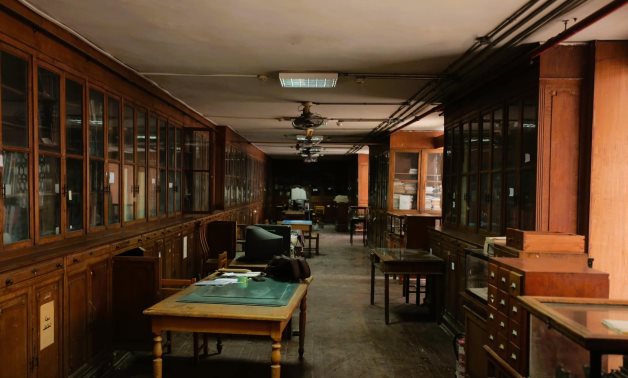
The library of the Egyptian Museum in Tahrir is one of the oldest libraries dedicated to the civilizations of Egypt and the ancient Near East.
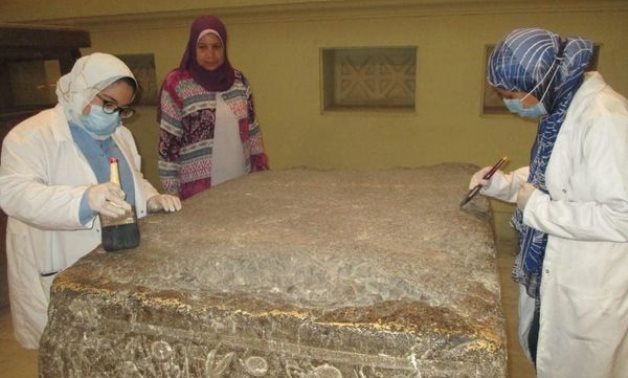
This is held under the supervision of the Museum's Department of Restoration.
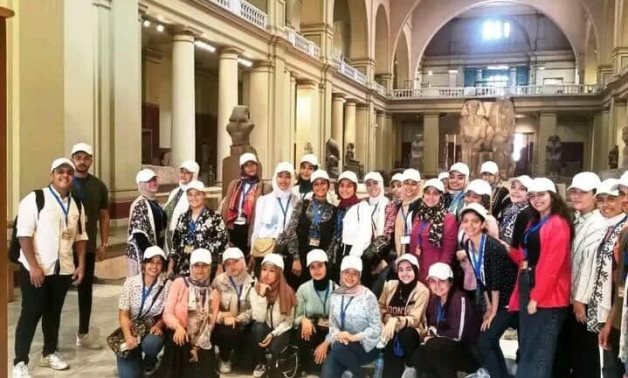
These guided tours will be presented in the Arabic language only.
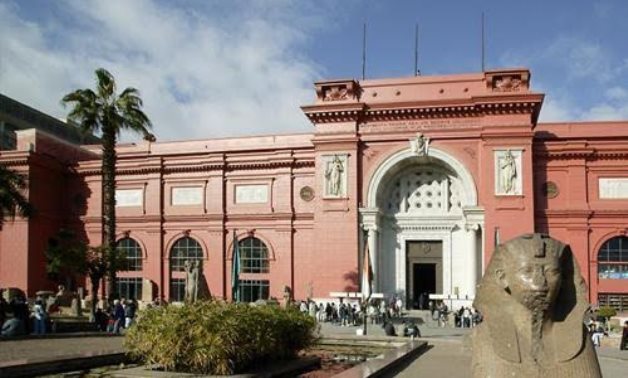
The Tanis Collection contains a large number of distinguished artifacts, amounting to 2000 rare pieces.
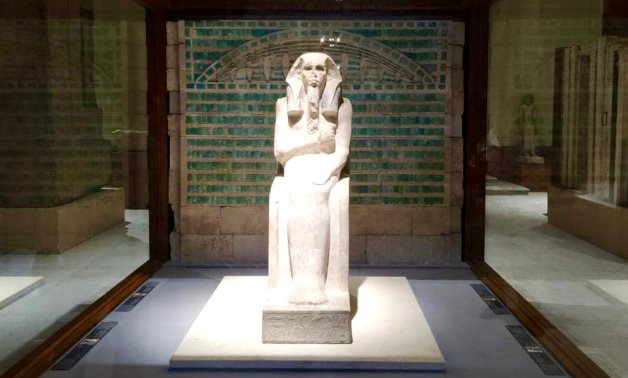
Among these artifacts are the statues of Kings Djoser, Khufu [Cheops], Khafre, and Menkaure, the two Meidum Geese paintings, and the blue Egyptian faience.
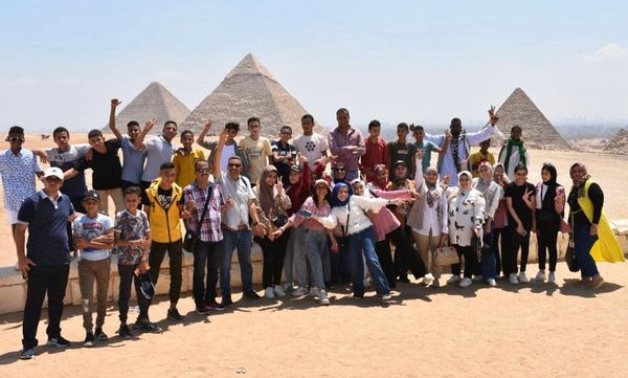
The participants praised such visits that help acquaint them with the ancient Egyptian civilization and enrich their experiences.
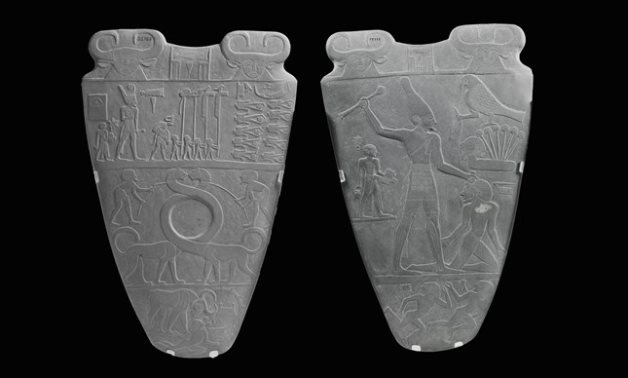
The Narmer Palette is made of green schist stone.